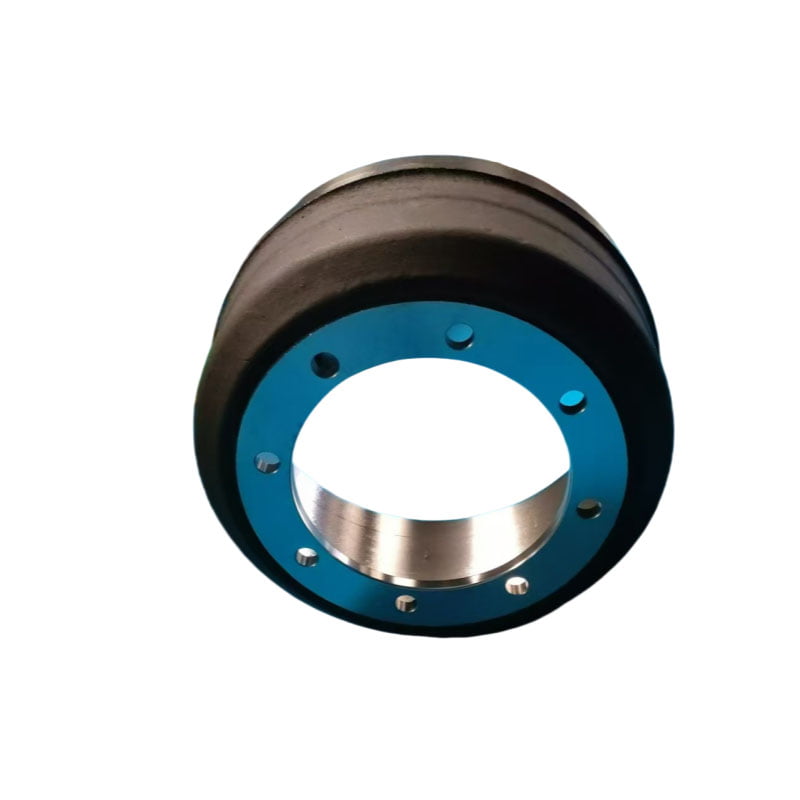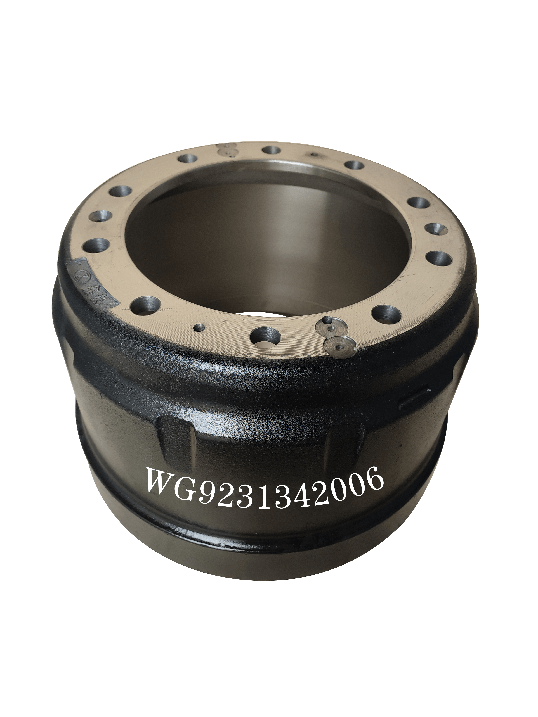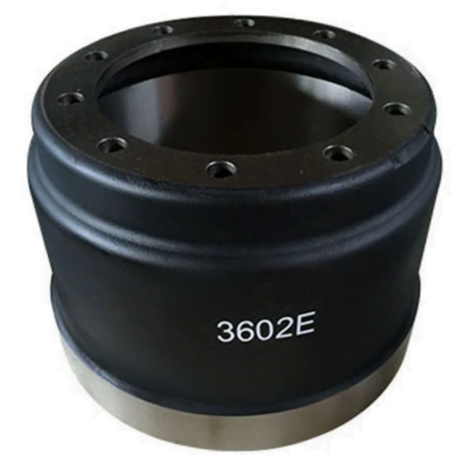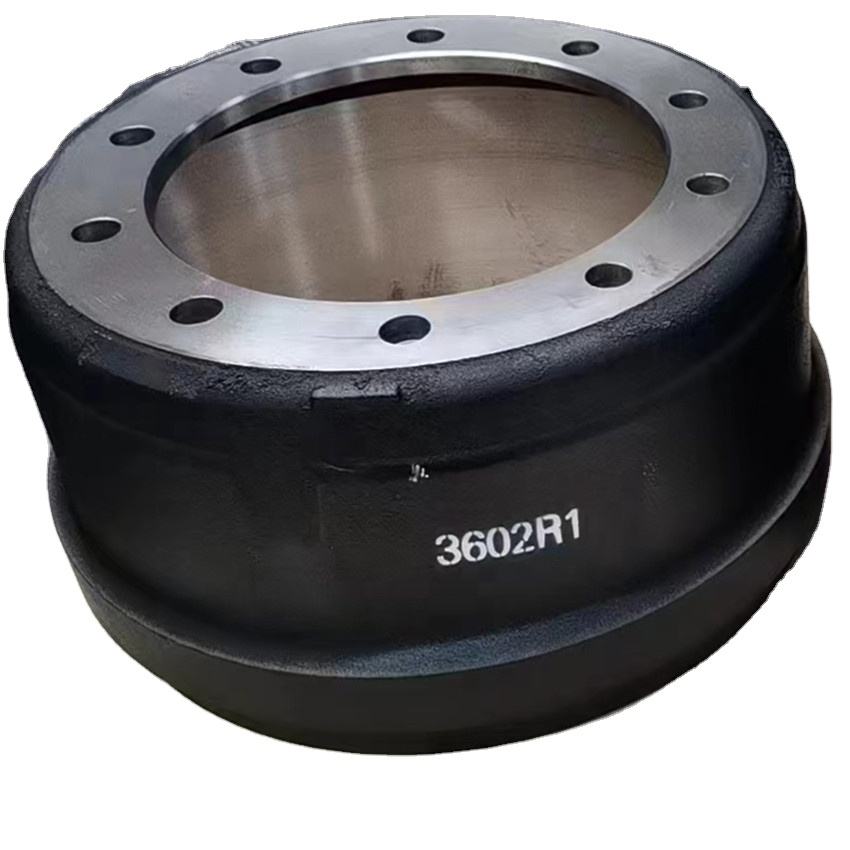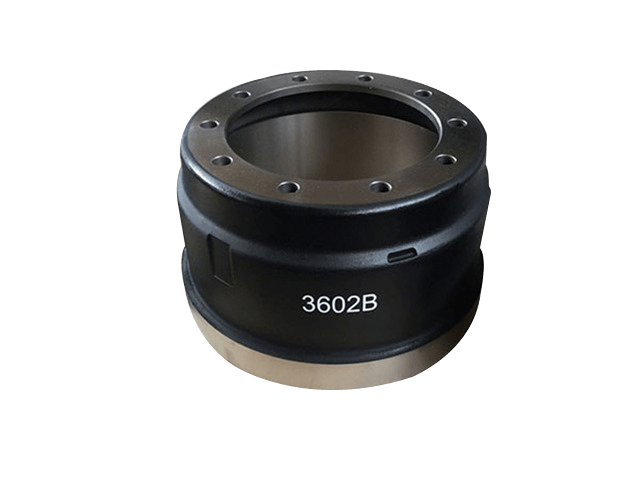Coated sand casting process is widely used in automotive engines, diesel engines, hydraulic parts and other industries, especially for complex thin-walled precision cast iron parts (such as automotive engine block, cylinder head, etc.) and high requirements of the production of cast steel parts (such as container corners and train brake buffer shells, etc.). In addition, the coated sand can also be used in silicone solvent investment casting to solve the problem of sand removal from the shell by improving the collapse of the tubular or solid refractory coating layer formed in the inner cavity.
Coated sand has excellent performance, good sand forming, clear contours, high dimensional accuracy of castings produced by coated sand shell type, good surface quality. Coated sand sand shell type is generally only tens of millimetres, pouring resin binder can be completely burned, so its free phenol emissions compared with other resin sand at least, with the country’s increasing attention to environmental issues, the coated sand casting process is also receiving more and more attention.
Rolex Replica uk The basic principle of sand casting process is to cover the surface of sand grains with a solid resin film, and make the resin melt by heating, and then make the sand and resin fusion under the action of external force to form a variety of models that people need, and then iron pouring to become castings.
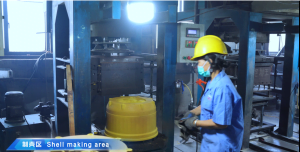
Coated sand casting process has the following advantages:
– Low cost: a low investment cost, low production cost, low energy consumption.
– Simple process, high production efficiency: the use of low-pressure gas will be blown into the cavity of the film sand, electric heating tube heating hardening, demoulding to make the shell, the combination of pouring can be carried out.
– High process output rate and product qualification rate: high ratio of iron sand, save a lot of sand, process output rate can reach more than 75%.
– Low labour intensity and better production environment: the dispersibility of mulberry sand is good, and it can be dispersed by itself after pouring, and the cleaning of castings is simple.
– Film sand can be adapted to good: can be used for a long time, the preparation of the shell can be stored for a long time, in the high temperature and high humidity environment is rarely affected.
In Coated sand casting process, common defects include shelling, type (core) surface loosening, type (core) deformation, fracture, core penetration, casting porosity, casting sand sticking, casting internal shrinkage and casting surface defects.
Coated sand casting common defects and the causes are:
– Shelling: unreasonable mould design, uneven core box temperature, low melting point of coated sand, slow curing speed.
– Type (core) surface loose: core pressure is too high or too low, the mould exhaust is not smooth, poor fluidity or poor permeability of the coated sand.
– Type (core) deformation, fracture: uneven heating of the mould, large differences in the wall thickness of the core, poor high-temperature performance of the coated sand.
– Core penetration: low local strength or loose sand core, thin crust thickness.
– Casting porosity: the core exhaust is not smooth, the resin sand gas generation is large or the gas generation speed is not appropriate.
– Sticky sand in casting: low SiO2 content of the original sand, the surface of the core is not dense.
– Internal shrinkage of castings: the heat generated by the best replica watches uk burning of the resin in the coated sand at high temperature slows down the solidification of the molten iron.
– Poor casting surface: phenolic resin generates bright carbon floating on the surface of ferrofluid at high temperature, which produces wrinkles on the casting surface during solidification.
Solution Measures
– Dehulling: Improve the structure of mould, make the temperature distribution uniform; choose the resin with high melting point, fast curing speed and high thermal strength.
– Looseness of the surface of the mould (core): choose reasonable injection pressure, improve the exhaust system to prevent air-holding; use the film-coated sand with good fluidity and air permeability.
– Type (core) deformation, fracture: improve the structure of the mould, so that the temperature distribution is uniform; the use of molding tray to store the sand core; the use of curing shrinkage of small resin. Buy perfect aaa Panerai replica watches uk< wholesale shop.
– Core piercing: Adjust the sand injection pressure; improve the exhaust system; improve the mould structure so that the temperature distribution is even.
– Porosity of castings: improve the exhaust system to enhance the exhaust effect; choose the original sand with high concentration of grain shape or thicker; use low-gassing coated sand.
– Sticky sand in castings: adjust the pressure of sand injection, improve the exhaust effect of core box, make the surface of sand core denser; use high temperature resistant film sand or zirconium sand film sand.
– Shrinkage of castings: Adopt radical cooling type coated sand; place cold iron inside the shell core.
– Poor casting surface: add about 2% of the mass fraction of iron oxide powder, using high thermal conductivity of the original sand; shell core surface brush paint; add special auxiliary materials in the film sand.
Through the above measures, the common defects in Coated sand casting process can be effectively prevented and solved to improve the quality of castings and production efficiency.
CHINA WELONG has advanced production technology and equipment, and is committed to providing customers with high-quality, high-precision casting solutions. Our Coated sand casting process has the advantages of low cost, high efficiency, environmental protection and energy saving, and is widely used in many industries, such as automotive, machinery and electronics. For more information, please contact me via tammy@welongpost.com and I will be happy to answer your questions.



